App Monetization Strategy
The million dollar question….
How to stitch together the most effective way to monetize your app?
The million dollar question….
How to stitch together the most effective way to monetize your app?
There are many ways to monetize an app, but selecting the right combination of techniques that are optimal for your app and your users takes some planning. A lot of people come to us with great app ideas and a firm conviction to make a profit, but with no plan for how they will generate revenue.
So, unless you are thinking about your app as a hobby, before writing a line of code it’s best to think through the options for making money. Then write down the ones apply to your app. You can always change this later, but at least you’ll have a going in position and the initial basis for your business case.
With that backdrop of “why” you should think through your monetization strategy up front, let’s get into some of the specific options for making money…
The most straight-forward way to make money with an app is to simply charge for it. This technique is easy to implement using the infrastructure provided by the app stores and does not require any coding. Once you set-up your account with Apple or Google, they handle the actual credit card processing and you, as the app owner, get paid by Apple and Google each month. Apps can be configured for one-time payment or subscription (e.g., monthly) payments.
This approach works well if your app is very unique and has a clear value proposition such that users will be willing to pay for it purely based on your app store description, marketing materials, or reputation without requiring an opportunity to “kick the tires” before committing to a purchase.
The challenge with this approach is giving people enough insight into what the app does so that they will be willing to pay for it without first tasting what the app has to offer. If it will be necessary to give users a sample of the app before they pay for it, the Freemium technique might be more appropriate.
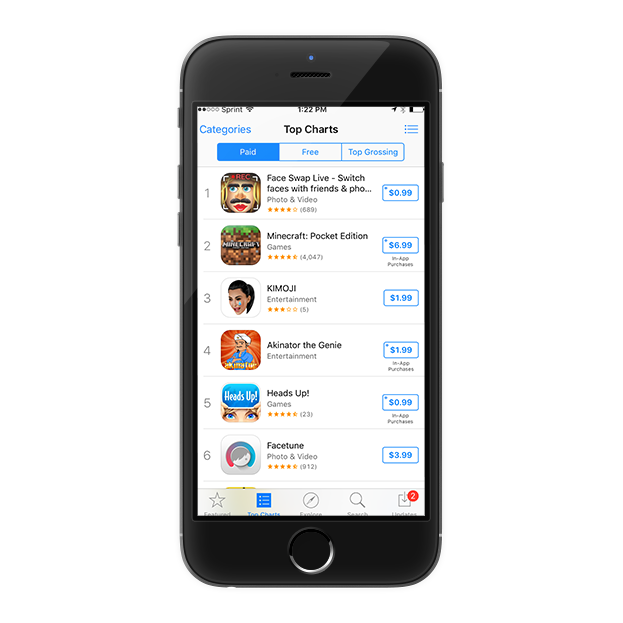
The Fremium App offers the user a taste of the app before they commit to a purchase and works well if the app has a broad set of features and/or content such that some can be given away while the remainder is “locked” until the user upgrades to the paid version. With this approach the payments are handled by the app stores much the same as discussed with the Paid App approach mentioned above, but instead of paying before they download, they pay via an “In App Purchase” at some point after the app is already on their device.
The Freemium approach reduces a significant barrier since the user can “try before they buy”. Essentially, the user gets to download the free version and then decide if they want to upgrade to the paid version based on how much the like the app.
The challenge with this approach is finding the right balance of what to give away for free versus what to charge for. Think of this as a cost of sales where you can anticipate getting some percentage of the free users to “convert” to paid users.
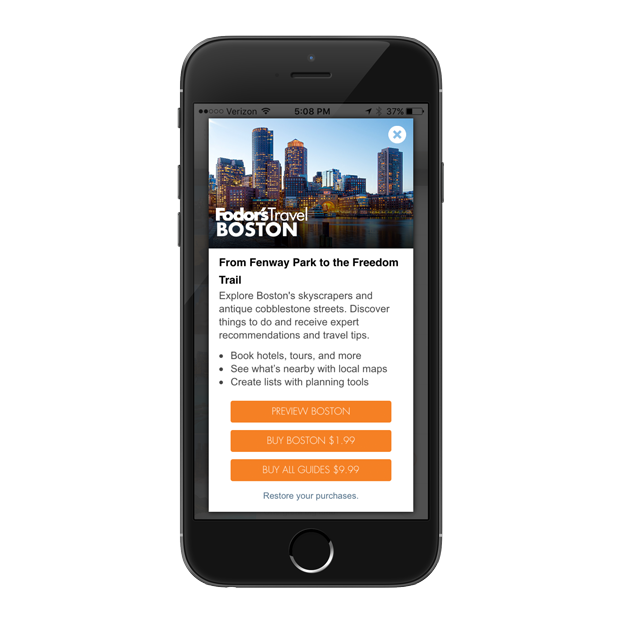
This monetization approach results from a merger of an app with an ad network. There are hundreds of ad networks to choose from including AdMob, DFP, Millennial Media, and Appia to name just a few. By integrating these ad networks into the app, banner ads get served within the app, users tap on the ad, and then you get paid.
The Free App with Ads approach works well if you have a lot of users – and we are talking hundreds of thousands or millions. The reason you need so many users is that it takes a lot of taps (at a fraction of a penny each) to start to add up.
The challenge with this approach is finding (and keeping) all those users. While the ad network integration is relatively easy to implement, the real trick to success is getting a lot of downloads and then keeping users coming back to the app repeatedly.
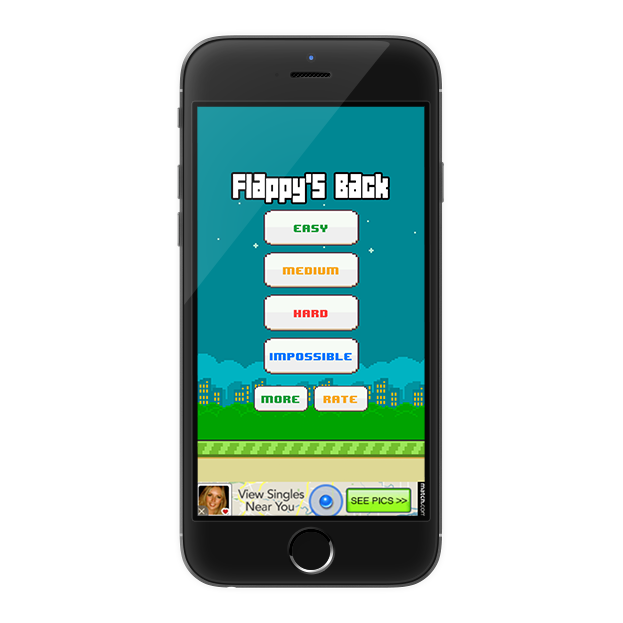
Your app can also make money by enabling the sale of products or services from other merchants who are in the business of selling their stuff, which they would be happy to sell through your app. With this approach the app is acting as a distribution channel for other company’s services and, in exchange for the sales generated, you earn a commission. Examples include ticket purchases, hotel room bookings, restaurant reservations, and so on.
A vital element of this approach is seamless integration. Your app needs to offer a booking experience that is at least as good (if not better) than the actual merchant’s app and more convenient for your users. Convenience can be as simple as the user not needing to leave your app to make the purchase, but it needs to work flawlessly otherwise you will lose credibility and ultimately lose sales.
The challenge with this approach is identifying merchants that offer products/services that will be viewed as complementary to your app’s other features and content and then, of course, the integration to make it a great experience for the user.
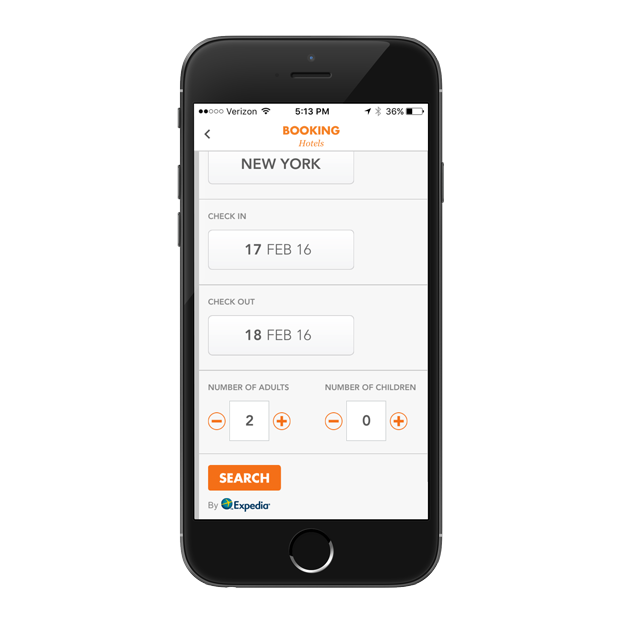
Once your app starts to gain momentum and you are able to baseline your usage metrics, you may be able to attract some sponsors for your app. Sponsorships differ from advertisements in that they are more exclusive and much less random than banner ads. A sponsor might be interested in exchanging a payment for a prominent placement in the app if you can convince them that the placement will help promote their business.
Sponsorship Placements are easier to integrate than the ad networks since they are typically more static. As an example, you might sign up a sponsor for the app loading screen or a specific section of the app for a year at a time. The payment amounts will vary widely, but will be somewhat correlated to the demographics of the app’s user base and, of course, the number of users.
A key enabler of the Sponsorship Placement approach is usage analytics data. It will be imperative for you be armed with solid data so you can sell the value to your potential sponsor using fact-based user demographic profiles and usage patterns.
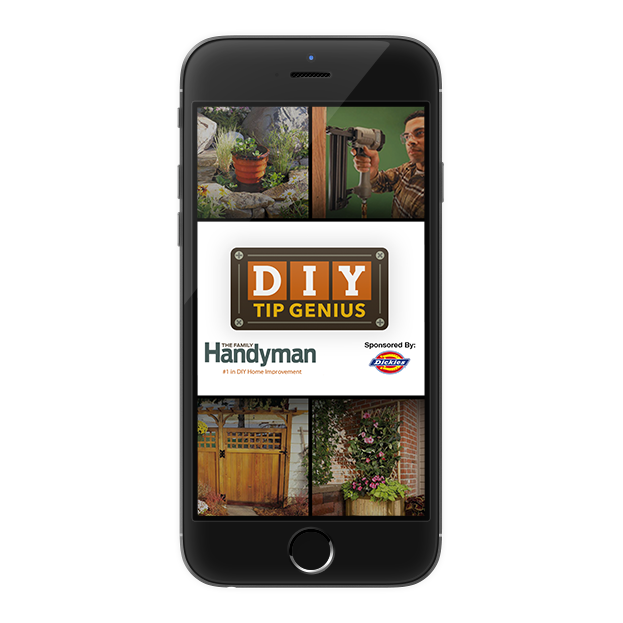
In summary, there are several ways to monetize an app and it will be time well spent to define the approach that will make the most sense for your app and your users.
It’s important to remember that there is not a “one size fits all” answer to this question and the best approach for your app might be a combination of the monetization techniques discussed here. What is most important is that you make some thoughtful assumptions that you can use as the foundation of your revenue model and business case.
If Red Foundry can help you in this important aspect of your app definition, we’d love to hear from you.